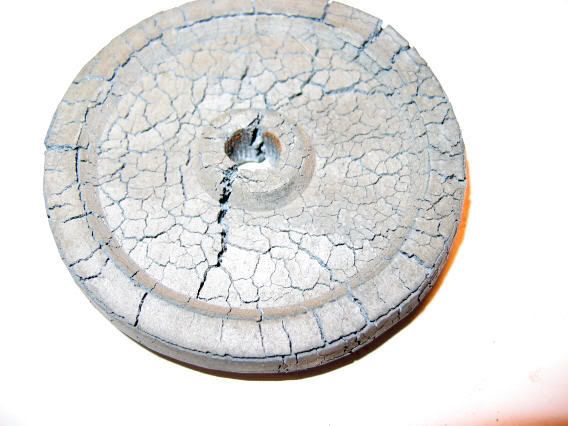Most likely a zinc alloy, will have a melting point between 700 and 900 degrees F.
T.Jost is right about the puddle effect. Best to try avoid welding with heat if possible.
I suspect epoxies will have a time of it during any plating processes but I leave that to others that are more learned with the process.
Best solution is to simply replace the handle altogether. If a replacement cannot be had you may want to look for someone who offers Spin Casting services for zinc alloys. They may offer a one-off service for a replacement handle. Can't give a professional price but if I had to give an estimate, I would say the price would be around 200 bucks or so for 1 piece but then again I only make parts for models I build. On the face of it that seems high but then again it really not especially for a one-off part that can't be had anywhere else.
The cost of a mold will depend upon type of mold material, thickness of mold and prep time. Also the amount of alloy needed and labor to throw the part.
Nice thing is that a part such as this could be cast from start to finish in a couple or three hours if need be. Once the rubber mold is complete, a part can be cast every few minutes or so. The mold itself maybe good for as little as 5 to 10 large parts such as a door handle or as many as a hundred or better. Many factors vary the process but in the end the mold will lose detail and begin to burn out.
Oh by the way, any epoxy most likely will not hold together during the vulcanizing process of the mold material. But there are ways around that but will be more expense as another mold will be needed to a make a new master for the main mold.
Just a few ideas...
Rusty




 . So I looked it up, ...interesting. I found this brief description:
. So I looked it up, ...interesting. I found this brief description: